Eco-Friendly Home Decor: Transform Your Space Sustainably
Table of Contents
Introduction
Let’s face it—our homes reflect who we are. So why not make them reflect a greener, cleaner lifestyle too? Welcome to the world of eco-friendly home decor, where style meets sustainability. This guide is all about helping you revamp your space with planet-loving choices that don’t skimp on style or comfort.
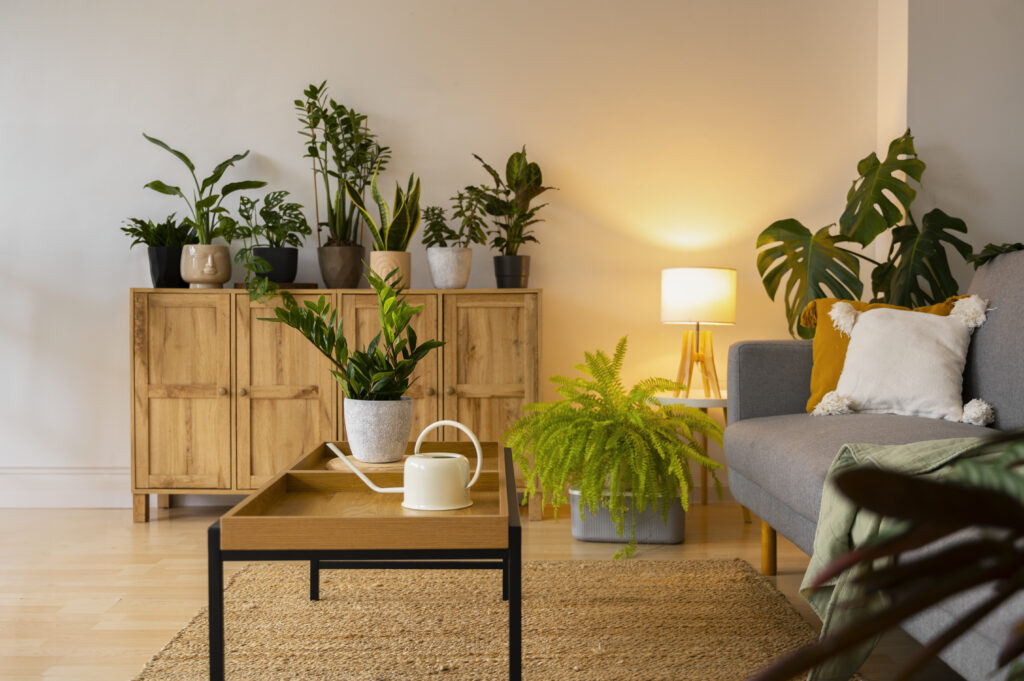
What Is Eco-Friendly Home Decor?
Eco-friendly home decor is all about designing and decorating your home in a way that minimizes environmental impact. It involves using sustainable, non-toxic, and ethically sourced materials that are either recycled, upcycled, or biodegradable.
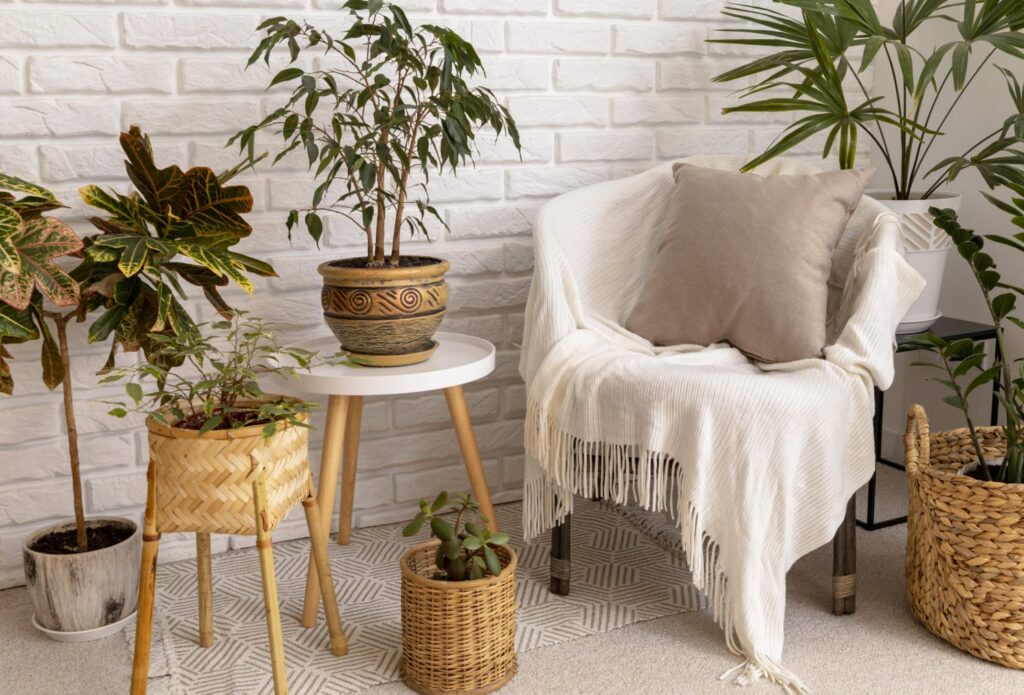
Why Choose Eco-Friendly Home Decor?
Imagine living in a space that feels fresh, natural, and clean—not just visually, but environmentally too. By switching to eco-friendly home decor, you’re reducing your carbon footprint, supporting ethical businesses, and creating a healthier home for you and your family.
Benefits of Eco-Friendly Design
- Healthier Indoor Air: Many sustainable materials emit fewer toxins.
- Energy Savings: Efficient lighting and appliances reduce power use.
- Waste Reduction: Upcycling and using recycled materials help reduce landfill overflow.
- Long-Term Cost Efficiency: Quality sustainable items last longer.
Principles of Eco-Friendly Decorating
Think of eco-friendly home decor as a combination of smart design choices:
- Reduce: Cut down on waste and unnecessary items.
- Reuse: Give items a second life.
- Recycle: Use items made from recycled materials.
- Rethink: Always ask, “Is this the most sustainable choice?”
Using Sustainable Materials
Bamboo
Fast-growing and biodegradable, bamboo is perfect for flooring, furniture, and even fabric.
Recycled Wood
Weathered wood adds character while reducing the need to cut down new trees.
Organic Fabrics
Look for cotton, hemp, and linen that’s organically grown and free from harmful chemicals.
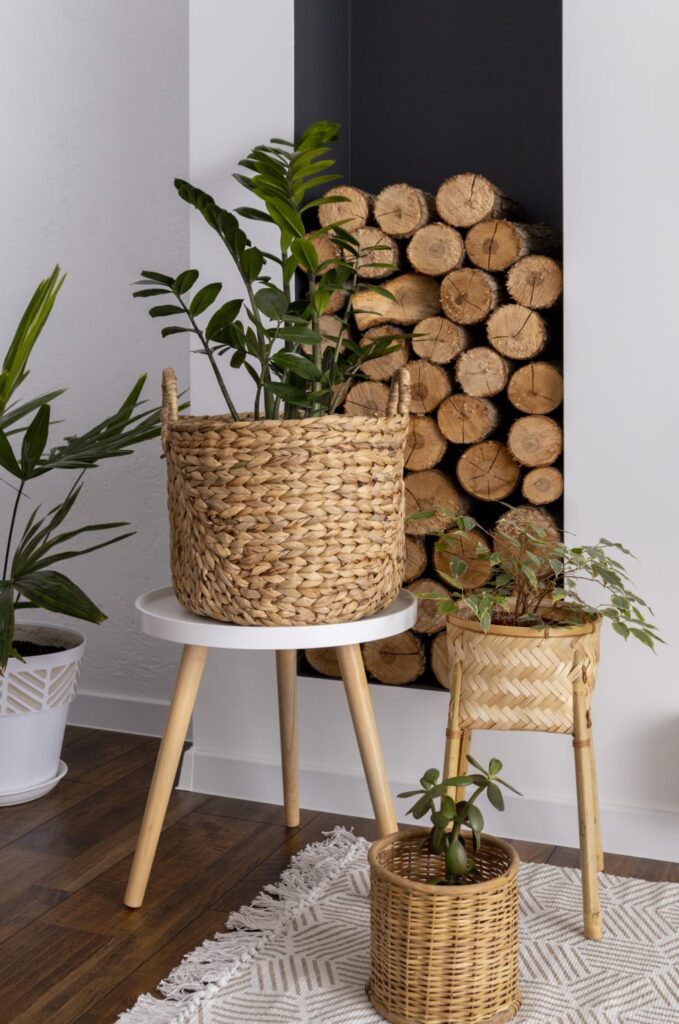
Eco-Friendly Paints and Finishes
Traditional paints often contain VOCs (volatile organic compounds) that can be harmful. Instead, go for low-VOC or zero-VOC paints. They’re safer, smell less, and are widely available.
Energy-Efficient Lighting
LED bulbs use up to 90% less energy than incandescent ones. Add solar-powered outdoor lights for bonus sustainability points.
Second-Hand and Upcycled Furniture
Who says eco can’t be chic? Thrift shops, estate sales, and online marketplaces are treasure troves of vintage finds. You can even upcycle furniture with new paint or hardware.
Green Plants as Decor
Plants are more than just pretty faces. They purify air, boost mood, and bring life into any room. Snake plants, pothos, and peace lilies are easy to care for and perfect for beginners.
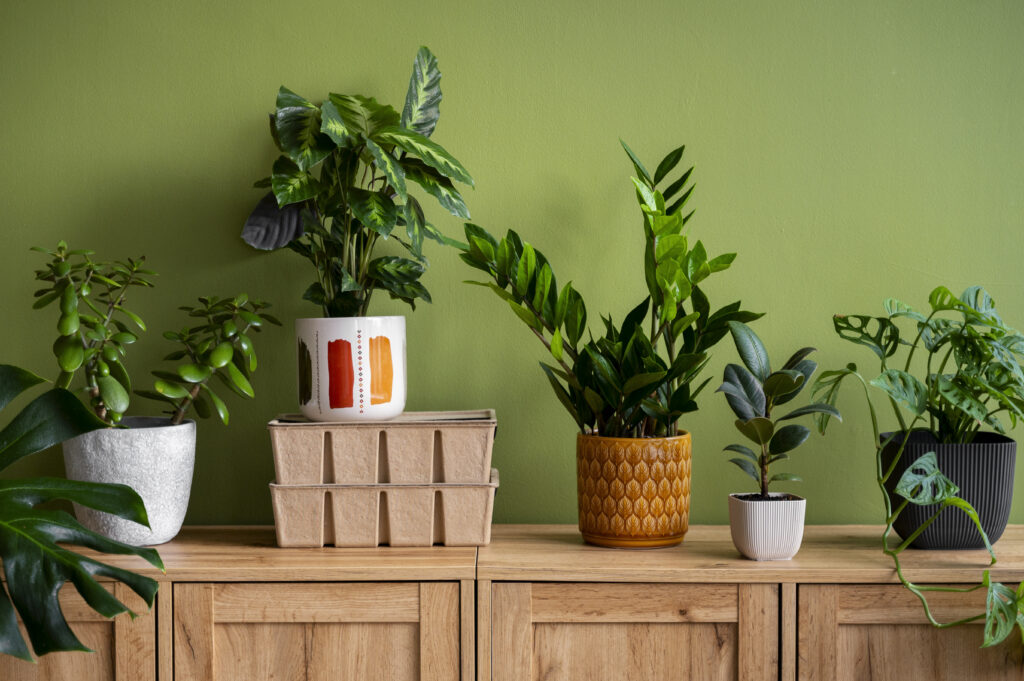
Eco-Friendly Flooring Options
Skip vinyl and opt for:
- Bamboo
- Cork
- Reclaimed wood
- Natural linoleum
These options are biodegradable, durable, and beautifully textured.
Decorating with Natural Elements
Use stones, shells, driftwood, and other natural items collected responsibly. Think earthy tones, soft textures, and pieces that ground you in nature.
Minimalism and Decluttering
Simplicity is sustainable. The less you buy, the less you waste. Minimalism helps you focus on essentials and keeps your home light and functional.
Supporting Local and Ethical Brands
When you shop local, you reduce transportation emissions and support your community. Look for artisans and businesses that prioritize eco-friendly home decor practices.
DIY Eco-Friendly Home Decor Ideas
- Mason Jar Lanterns
- Pallet Wood Shelves
- Recycled Fabric Wall Art
- Wine Bottle Vases
- Cork Bulletin Boards
DIYing is fun, creative, and allows full control over the materials you use.
Room-by-Room Eco-Friendly Decorating Tips
Living Room
- Use throw blankets and cushions made from organic cotton.
- Install thermal curtains to reduce heating and cooling costs.
Bedroom
- Choose an organic mattress and natural fiber bedding.
- Use essential oil diffusers instead of chemical air fresheners.
Kitchen
- Reface cabinets instead of replacing them.
- Use recycled glass or bamboo countertops.
Bathroom
- Bamboo towels, compostable toothbrushes, and refillable soap dispensers are small swaps that make a big impact.
Common Mistakes to Avoid
- Greenwashing: Not all “green” products are genuinely sustainable. Research before buying.
- Overconsumption: Buying too much, even if it’s eco-friendly, defeats the purpose.
- Ignoring Certifications: Look for FSC, GOTS, and Energy Star labels.
- Single-use Decor: Seasonal or trendy items often go to waste fast.
Conclusion
Eco-friendly home decor isn’t just a trend—it’s a lifestyle shift. By making conscious, sustainable choices, you’re creating a beautiful, healthy home that reflects your values. And guess what? It doesn’t have to be expensive or boring. With creativity, intention, and a little love for the planet, your home can be both stunning and sustainable.
FAQs
1. Is eco-friendly home decor more expensive?
Not always. While some sustainable items have a higher upfront cost, they often last longer and save money over time.
2. How can I tell if a decor item is truly eco-friendly?
Check for third-party certifications, read the label, and research the brand’s sustainability practices.
3. What’s the easiest way to start decorating sustainably?
Begin with small swaps like LED lights, organic fabrics, and second-hand finds.
4. Can eco-friendly decor be stylish?
Absolutely! In fact, many designers now focus on blending sustainability with modern, elegant aesthetics.
5. How often should I update my eco-friendly home decor?
As little as possible. The goal is timeless design and quality over quantity.
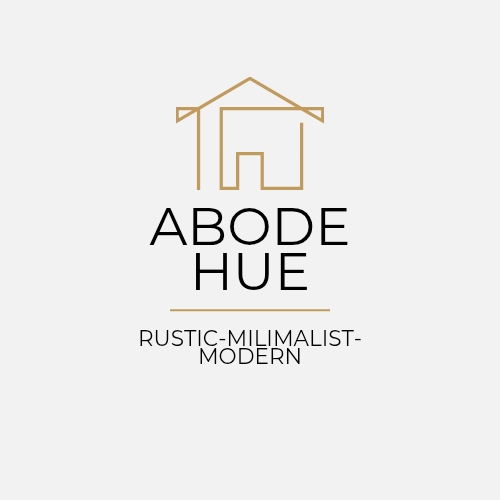
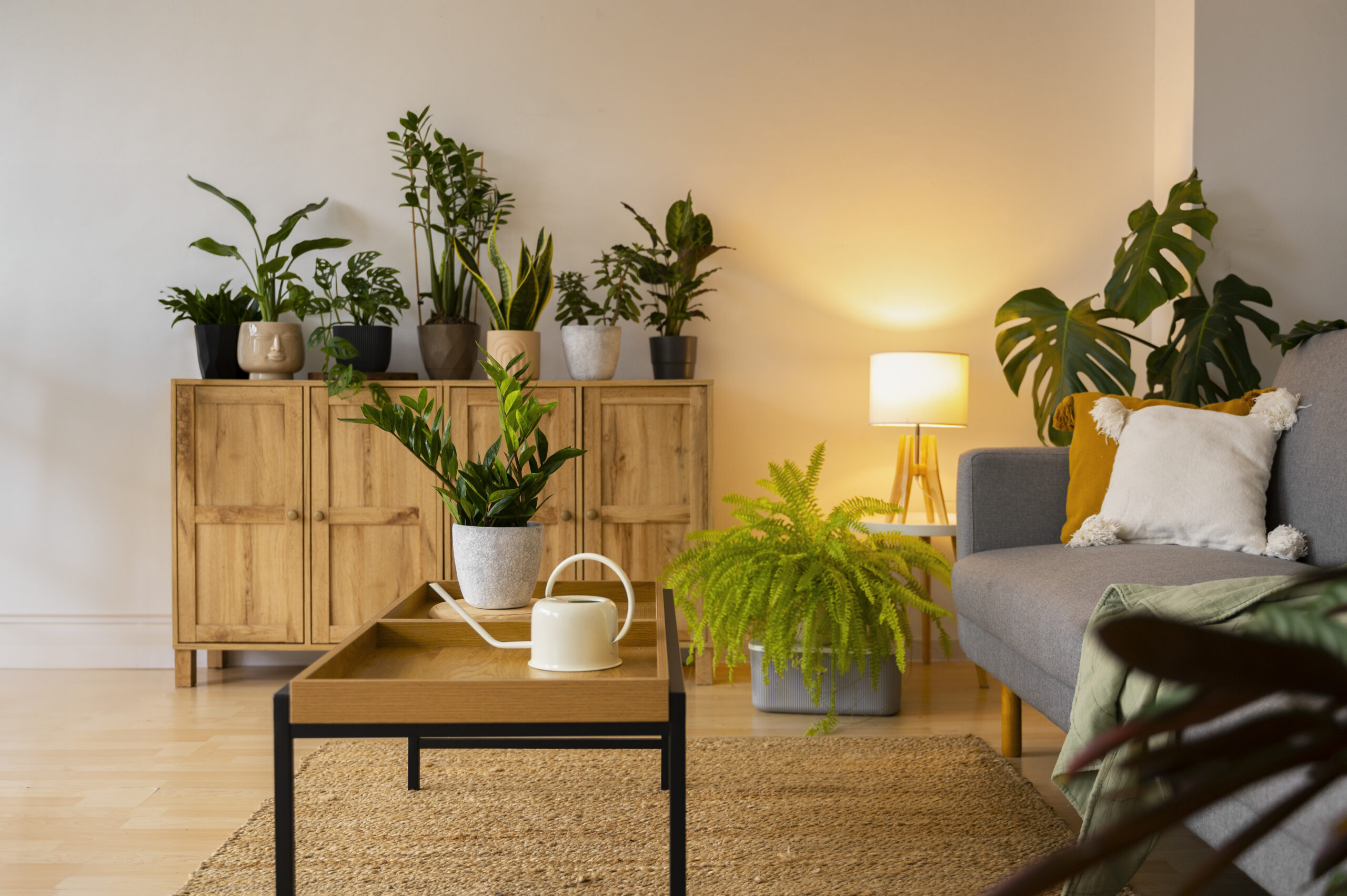
1 thought on “Eco-Friendly Home Decor”